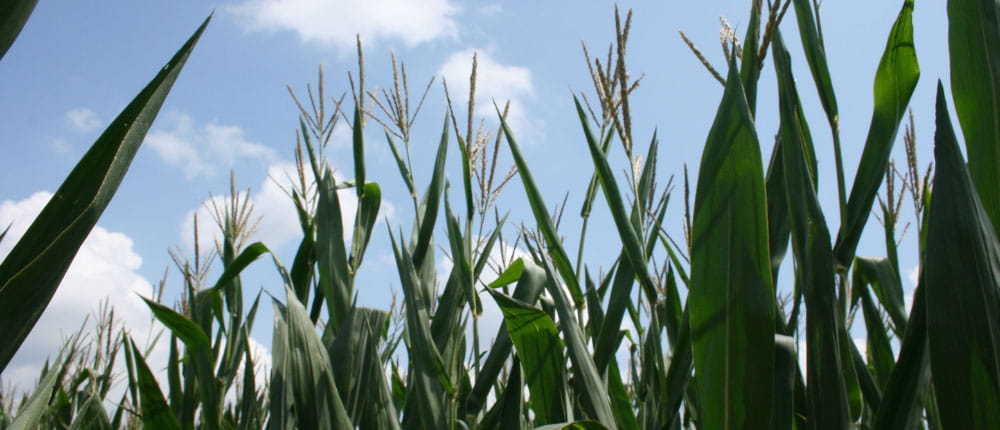Is applying a fungicide worth it under drought conditions? Last year, many corn and soybean growers asked themselves this question as they weighed local disease pressures against the dry conditions many faced. But really, the question you should be asking is, “Can you afford not to?”
A lack of rainfall may lower the risk of diseases, but the risk to your crops is still not zero. In 2023, despite drought, fungal diseases such as tar spot, Fusarium stalk rot, Gibberella and Fusarium ear rot still caused a combined 183.9 million lost bushels, while white mold was the second-leading cause of yield loss in soybeans behind only Soybean Cyst Nematode.
Not surprisingly, disease isn’t the only yield robber. Drought conditions, high winds and other environmental challenges can all set back your yield.
Since you can’t really predict what Mother Nature will throw at you, it’s critical to plan ahead for both situations – drought or disease – and make sure your crops are protected. Applying a fungicide with superior disease control and plant-health benefits – such as Miravis® Neo – gives your crops the protection they need.
Powered by the Syngenta exclusive carboxamide SDHI ADEPIDYN® technology, Miravis Neo is a Cleaner & Greener fungicide, which means you can consistently expect stronger, healthier plants under drought or heavy disease pressure. Why? It all comes down to three things – light absorption, water conservation and harvest efficiency.
- With greener leaves, your crops absorb more light and convert more available energy into yield.
- With greener plants, corn and soybeans optimize both water and nutrient-use efficiency which helps to enhance grain fill. While evident in wet conditions, this benefit becomes more pronounced during drought stress.
- With healthier crops, you ensure your crops are less prone to corn lodging and pod shattering during harvest. The payoff – a quicker, more profitable harvest, that requires less time and fuel.
These benefits ultimately lead to greener, healthier and more efficient crops, which in turn boost your bottom line.
Wet or Dry, Cleaner & Greener Fungicides Pay

*Data Source: Maps from the National Oceanic and Atmospheric Administration, National Maps. Field Data: Syngenta on-farm strip trials, yield data compared treated verses untreated. Treatment application: Miravis Neo or Miravis® Top at 13.7 oz/A application at R3 and Miravis Neo or Trivapro® applied at 13.7oz/A at VT/R1.
In the last five years, 2020 was the driest summer and 2021 was the wettest in Illinois, Indiana, Ohio, South Dakota and Wisconsin. In dry conditions, Cleaner & Greener fungicides provided an average 14.1 bu/A increase in corn yield1, and a 6.8 bu/A increase in soybean yield2 compared to untreated fields. During wetter conditions, those increases were 17.2 bu/A3 and 7.8 bu/A, respectively4.
To learn more about how the Cleaner & Greener fungicides from Syngenta can boost your bottom line, check out BoostYourBushels.com!
All photos are either the property of Syngenta or are used with permission.
Syngenta hereby disclaims any liability for third party websites referenced herein.
Product performance assumes disease presence. Performance assessments are based upon results or analysis of public information, field observations and/or internal Syngenta evaluations.
The trademarks or service marks displayed or otherwise used herein are the property of a Syngenta Group Company. Trademarks are the property of their respective owners.




